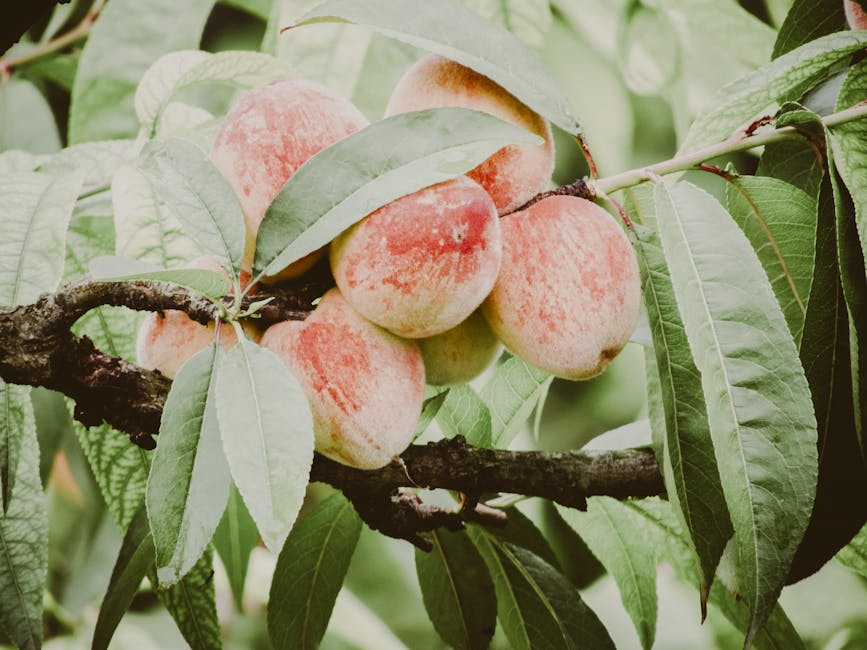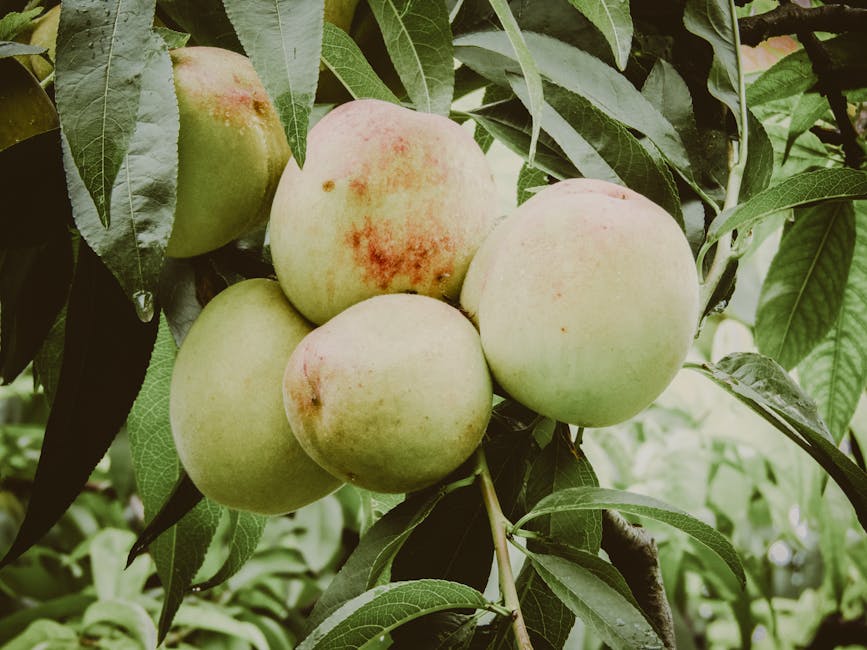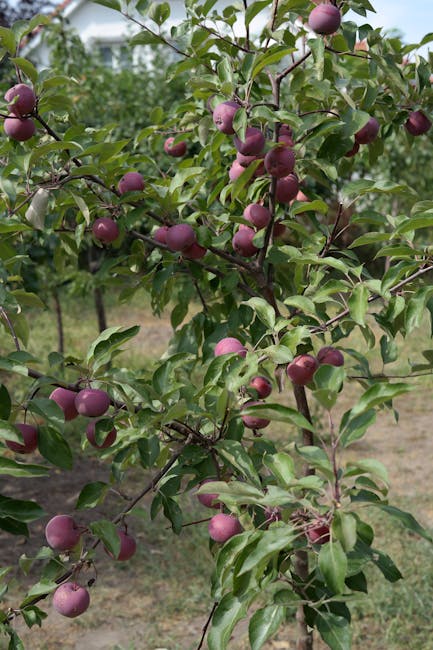How to Ripen Peaches Quickly: Expert Tips and Tricks for Perfectly Ripe Fruit
Picking the perfect peach is an art in itself. But what happens when you get home with a basket of slightly underripe peaches? Don’t despair! There are several effective methods to ripen peaches quickly, ensuring you can enjoy their juicy sweetness in no time. This comprehensive guide explores the best ways to hasten the ripening process, helping you avoid the disappointment of hard, underripe fruit.
Understanding the Peach Ripening Process
Before diving into the techniques, let’s understand what happens when a peach ripens. The process involves a complex interplay of enzymes and hormones that convert starches into sugars, softening the flesh and developing the characteristic aroma and flavor. This natural process takes time, but we can accelerate it using a few clever methods.
Factors Affecting Ripening Speed
Several factors influence how quickly a peach ripens. These include the variety of peach, its initial ripeness level when harvested, and the surrounding environmental conditions. Generally, warmer temperatures accelerate ripening, while cooler temperatures slow it down.

- Variety: Some peach varieties ripen faster than others.
- Initial Ripeness: Peaches picked slightly underripe will ripen faster than those picked very green.
- Temperature: Warmer temperatures speed up the ripening process.
- Ethylene Gas: Ethylene is a natural plant hormone that plays a crucial role in fruit ripening. We’ll explore how to harness its power later.
Proven Methods to Ripen Peaches Quickly
Now, let’s explore the most effective ways to speed up the peach ripening process:
1. The Paper Bag Method: Harnessing the Power of Ethylene
This is perhaps the most popular and effective method. Ethylene gas, a natural plant hormone, is released by ripening fruits. By trapping this gas in a paper bag, you create a microclimate that accelerates the ripening process. Place your underripe peaches in a brown paper bag (not plastic – plastic prevents air circulation), fold the top over, and leave it at room temperature. Check them daily, as the ripening process can be fairly rapid using this method. Depending on the initial ripeness and temperature, they could be ripe within 1-3 days.
2. The Fruit Bowl Method: Gentle and Gradual Ripening
This method is slower than the paper bag method but still effective. Place your underripe peaches in a fruit bowl at room temperature. Surrounding them with other ripening fruits (like bananas or apples) will increase ethylene production, speeding up the process. However, be mindful not to overcrowd the bowl, ensuring adequate air circulation.
3. The Warm Place Method: Utilizing Ambient Temperature
Simply placing your peaches in a warm, sunny spot in your kitchen can also help them ripen faster. Avoid direct sunlight, which can cause the fruit to overheat and spoil. A warm, indirect light source is ideal. This method works best in warmer climates or during warmer seasons.
4. The Oven Method (Caution!): A Controversial Approach
Some sources suggest using a low-temperature oven to ripen peaches. While this method can speed up the process, it carries risks. If not done correctly, it can result in uneven ripening and even cooking the peaches. If you choose this method, set your oven to the lowest possible temperature (around 170°F or 77°C) and monitor them closely. This method is generally not recommended unless you are very experienced.
Identifying Perfectly Ripe Peaches
Knowing when your peaches are perfectly ripe is crucial to enjoying their optimal flavor and texture. Here are some key indicators:

- Give it a Gentle Squeeze: A ripe peach will yield slightly to gentle pressure, indicating a soft but not mushy texture.
- Check the Aroma: A ripe peach will have a sweet, fragrant aroma.
- Look for Color: The color will vary depending on the variety, but ripe peaches will typically have vibrant, even coloring with no green patches remaining.
- Examine the Stem: The stem should come off easily without excessive pulling.
Tips for Storing Ripe Peaches
Once your peaches are perfectly ripe, it’s important to store them properly to extend their lifespan. Refrigerate ripe peaches to slow down further ripening and prevent spoilage. They will keep for several days in the refrigerator.

Troubleshooting Common Problems
Peaches are too soft and mushy:
This indicates that they’ve over-ripened. While still edible, they may not be ideal for eating fresh. Consider using them in jams, pies, or other recipes.
Peaches are not ripening:
This could be due to several factors, such as extremely low temperature or the peaches being harvested too early. If they are still firm after several days of trying any of these methods, they may be unripe beyond help.
Conclusion
Ripening peaches quickly is achievable with a bit of know-how. By understanding the process and applying the right techniques, you can transform slightly underripe peaches into juicy, delicious treats. Remember to always check your peaches regularly, and don’t be afraid to experiment to find the method that works best for you and your peaches!

